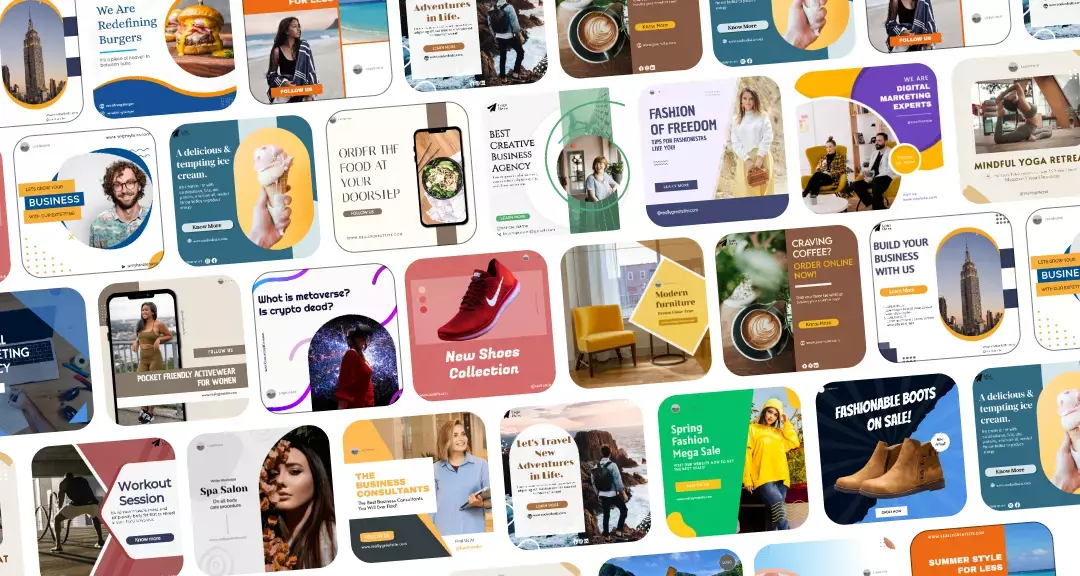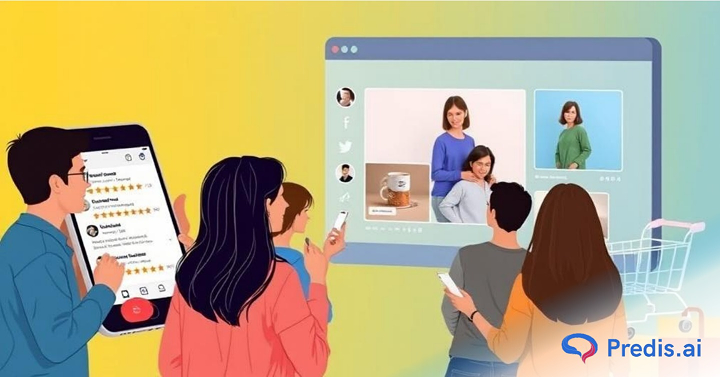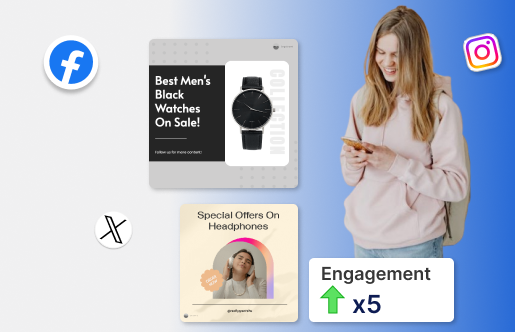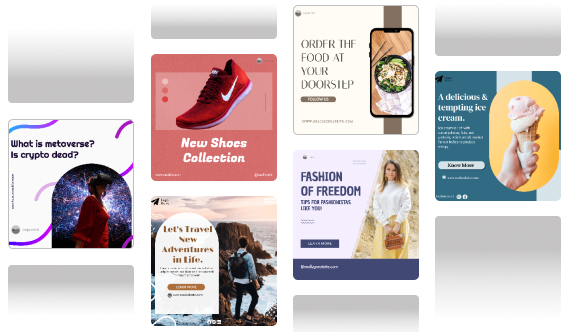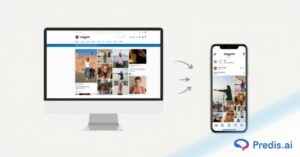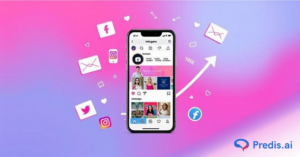For companies in e-commerce, user-generated content (UGC) changes everything. It covers consumer reviews, social media updates, pictures and videos sent by actual buyers. Since UGC comes straight from consumers, unlike conventional marketing it creates trust. Recommendations from other consumers inspire more confidence than commercials do. Through impacting buying decisions, UGC not only raises engagement but also sales. This post will walk over how to compile and produce UGC for ecommerce brands to expand your online retailer.
What is User-Generated Content (UGC)?
Any content such as reviews, images, videos, or quotes, created by consumers instead of companies is known as user-generated content. It serves as social proof, demonstrating to possible consumers that actual people enjoy and use your items.
Types of UGC in E-commerce
There are different kinds of UGC, such as:
- Reviews and ratings from customers are written comments about a product that can be found on its page.
- Photos and videos of people using your goods/content are great for social media posts. You can use hashtags that show off your business.
- Unboxing and product demos are videos that show off the highlights of a product. People post these on TikTok and YouTube.
- Case studies and testimonials: You can use stories from happy customers on your websites. This can include Instagram posts or photos of people using your goods.
- Forum discussions and blog mentions are posts where people talk about your goods.
Boost Sales on Social Media with AI ⚡️
TRY NOWWhy is UGC Important for E-commerce?
UGC is very important as it transforms how people perceive your brand. Here are some key benefits:
1. Builds Trust and Credibility
Ads aren’t as trusted as real buyers. A good review or a picture of a happy customer can persuade people who aren’t sure to buy.
2. Improves SEO and Organic Traffic
UGC can help your site get better search results. Blog posts, reviews, and social media posts give you new information and backlinks, which is good for your SEO.
3. Boosts Engagement and Community Building
Customers will feel more connected to your brand if you ask them to share their stories. It also starts talks and gets more people involved on social media.
4. Increases Conversions and Sales
Seeing real people use your goods takes away their doubts and makes new buyers more likely to buy them. There are even studies that show that UGC can greatly improve the number of sales.
Where to Collect UGC? (Best Platforms and Tools)
You need a way to collect and organize the content that customers make. These are the best sites and tools for collecting UGC for ecommerce brands:
1. Social Media (Instagram, Facebook, TikTok, Twitter)
- Tell people to use your hashtag and tag your brand.
- In Instagram Stories and Highlights, you can save and share user-generated content.
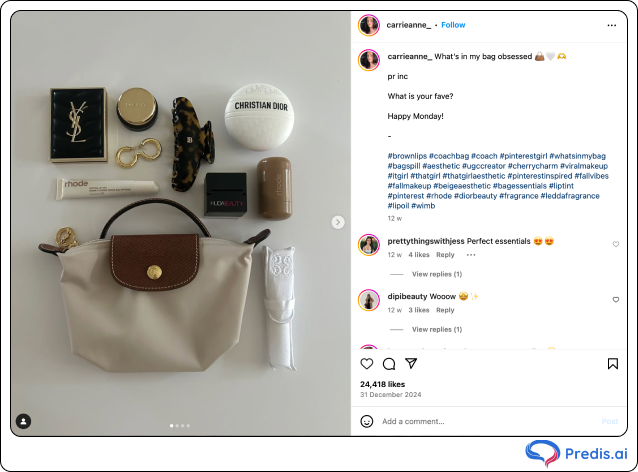
2. Website and Product Pages
- You can add pictures and reviews from customers to product pages.
- Include a comment area where customers can post pictures.
3. Email and Feedback Forms
- Ask customers to share their stories in follow-up emails.
- To get recommendations, use polls or feedback forms.
4. UGC Management Tools
- Bazaarvoice: This tool gets customer reviews and shows them.
- Yotpo: It helps you to get reviews, pictures, and videos.
- TINT: Brings together user-generated content from social media.
How to Encourage Customers to Create UGC?
It’s not enough to just expect customers to write about your goods; you need a plan. To get more UGC, do these things:
1. Come Up with A Branded Hashtag
Customers can easily share content and you can keep track of it with a unique name. Use your website, product packages, and social media to get the word out. One clothing brand might use #WearYourStyle to get people to post pictures of themselves wearing their clothes.
2. Giveaways And Contests
Give people who share pictures or movies of your product a chance to win a prize. This gets people excited and encourages them to join in.
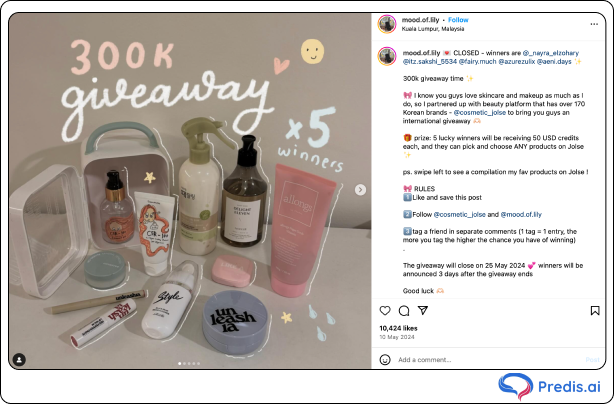
3. Feature Customer Content on Your Website and Social Media
People are more likely to participate if you show UGC on your product pages or Instagram Stories for your ecommerce brands. People love it when brands share their information.
4. Offer Deals Or Rewards
Customers who leave reviews or posts on social media should be rewarded with things like discount codes, membership points, or free stuff.
5. Ask for Reviews Post-Purchase
After a sale, send follow-up emails asking for reviews and pictures. Give a straight link to make the process easy.
Legal and Ethical Considerations for Using UGC
Leveraging customer content entails a set of important responsibilities. Adhere to these ethical and legal standards:
1. Obtain Authorization
Always obtain a customer’s permission before utilizing their content. When your brand gets tagged, reach out and request permission before sharing their content.
2. Acknowledge Contributions
Always acknowledge the original creator. When sharing a customer’s photo of your product, be sure to highlight their username.
3. Clearly Communicate Your Incentives
Be transparent about any discounts or rewards you provide in return for content. Openness fosters confidence.
4. Adhere to Data Privacy Regulations
Make sure to adhere to regulations such as GDPR (Europe) and CCPA (California) when gathering customer data.
How to Showcase UGC on Your E-commerce Store?
If you want to get the most out of user-generated content, show it in a strategic manner.
1. Product Pages
Include testimonials from customers, photographs, and videos in product listings. Customers feel more confident in their purchase as a result of this.
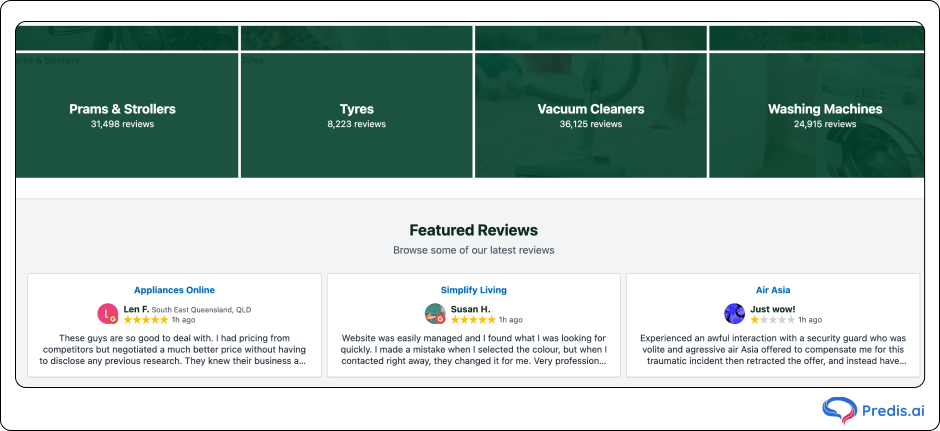
2. Social Media Feeds
Establish an Instagram feed on your website that is only dedicated to showing material from your customers.
3. Email Marketing
Include user-generated content (UGC) in promotional emails and newsletters to make them more approachable.
4. Advertisements
Increase the number of people who convert by including photographs and testimonials from satisfied customers in paid UGC advertisements.
Measuring the Impact of UGC
Tracking these critical metrics will allow you to determine whether or not your user-generated content approach is successful:
1. Engagement Metrics
You may determine what resonates with your audience by monitoring the number of likes, shares, and comments on user-generated content posts.
2. Conversion Rates
Determine whether or not visitors who engage with user-generated content are more likely to make a purchase.
3. Traffic Sources
Assess the amount of website traffic that originates from user-generated content (UGC)-related social media postings and reviews.
4. Customer Feedback
Inquire with customers about whether or not they find user-generated content to be beneficial when making purchasing decisions.
Case Studies: Brands Winning with UGC
1. The GoPro camera
The GoPro brand was established around user-generated content (UGC) by encouraging users to contribute action-packed videos (such as shown below), that they had taken with their cameras. By displaying these films on their website and promoting them on their social media profiles, they urge prospective customers to follow in their footsteps.
2. Glossier
Consumer feedback is a source of inspiration for the beauty firm Glossier. This is because the firm’s Instagram account is filled with pictures of genuine consumers utilizing their products, the brand comes across as trustworthy and approachable.
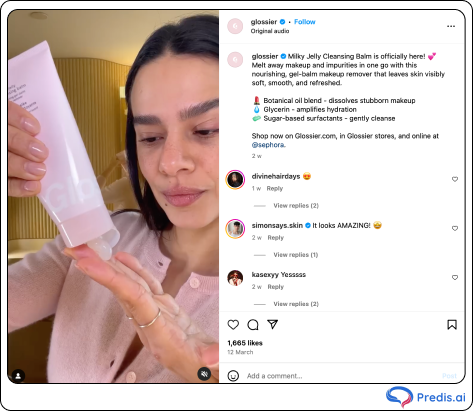
3. Airbnb
Airbnb uses the photographs and words of its guests to showcase the genuine experiences they have experienced. Due to the fact that they take a genuine approach, they have established a traveling community that is rather robust.
Conclusion
For e-commerce companies, user-generated content is a quite useful tool. It raises involvement, fosters trust, and drives sales. Encouragement of consumers to share their experiences, ethical content collecting, and efficient presentation of material will help to establish a brand that seems real and relevant.
Start with developing a branded hashtag, requesting reviews, and including client material. Your clients will expand your brand naturally as they become your best marketers over time.
Are you prepared to use UGC to power your online store for ecommerce brands? Start putting these ideas into use right now.
